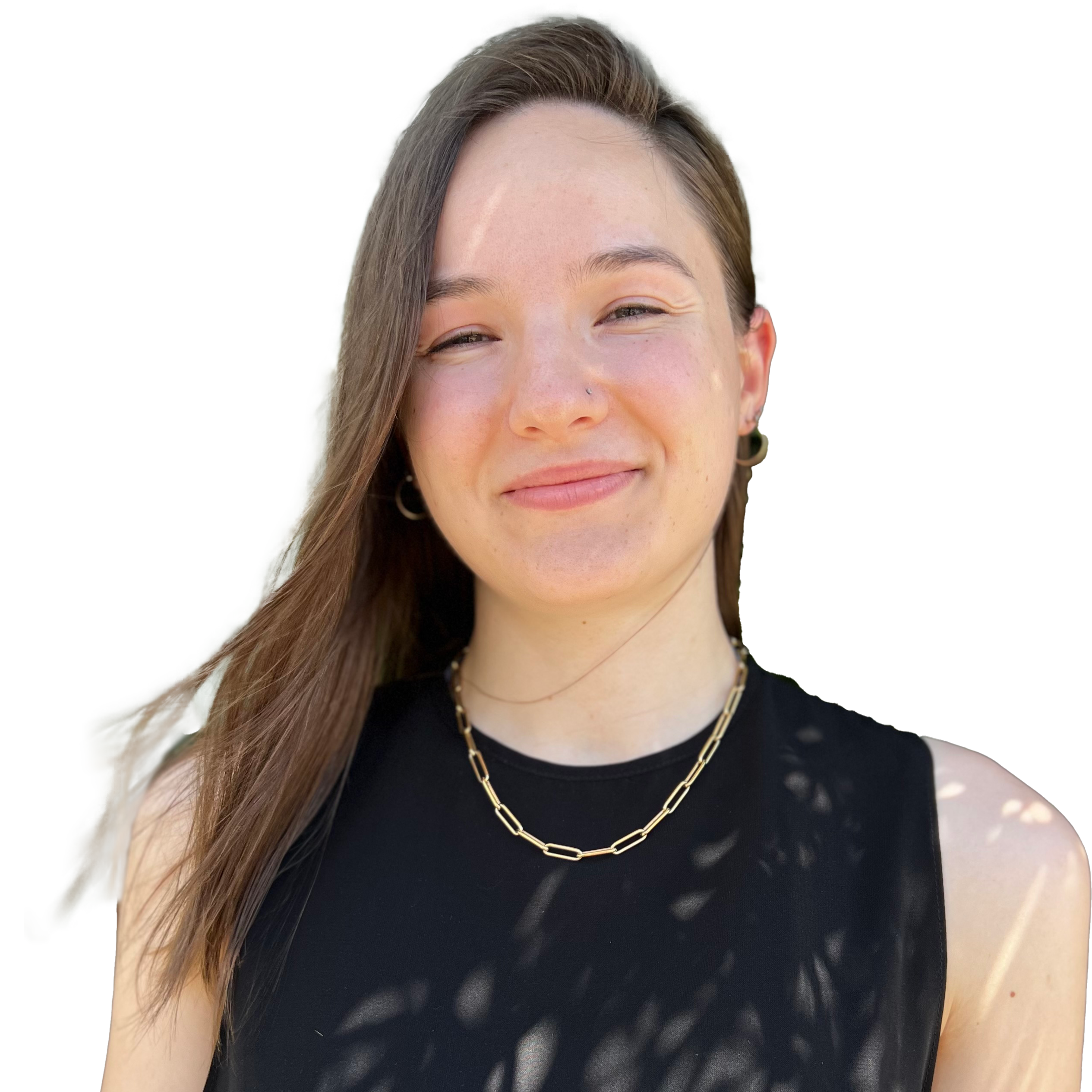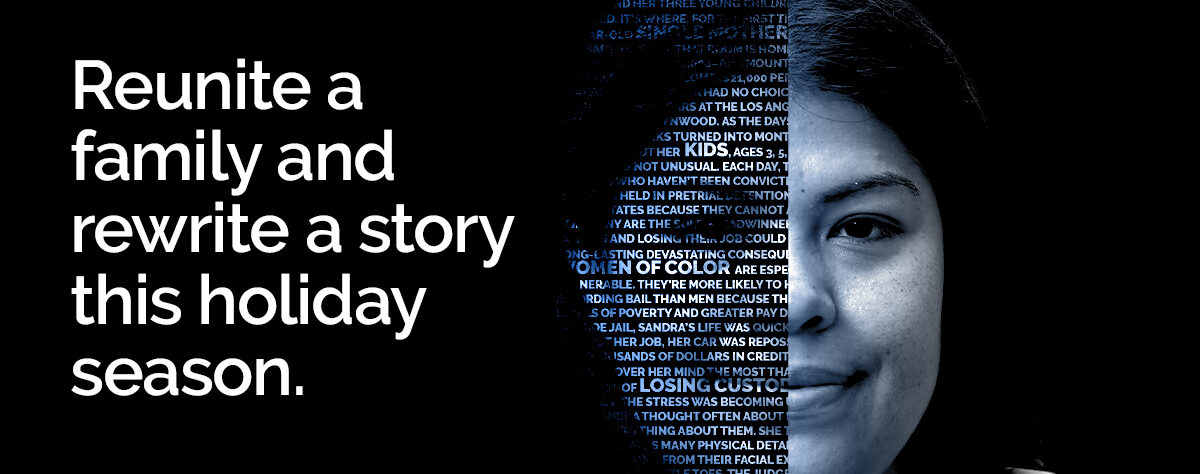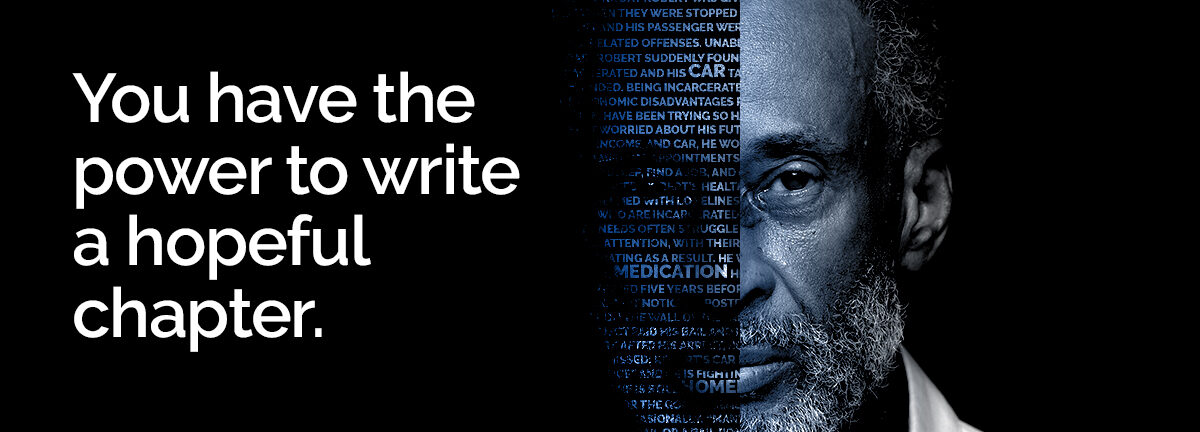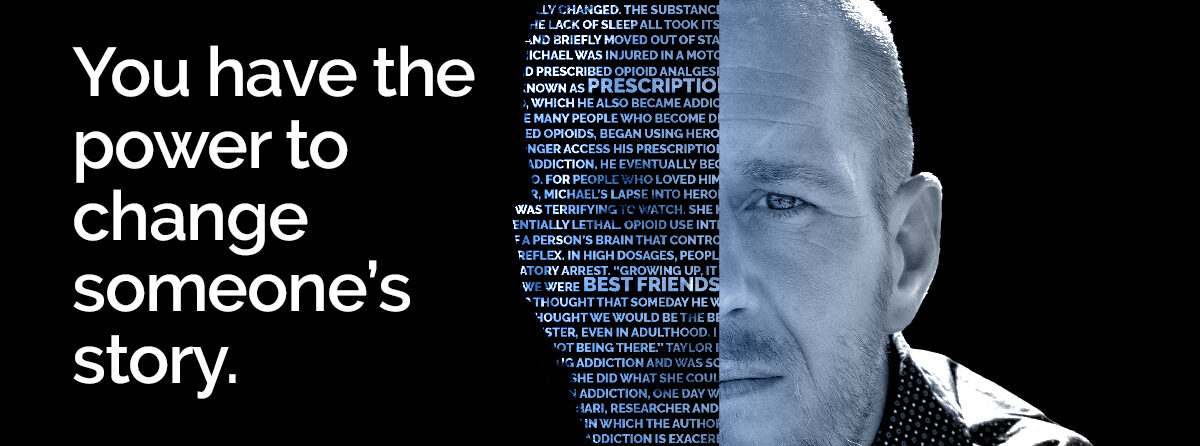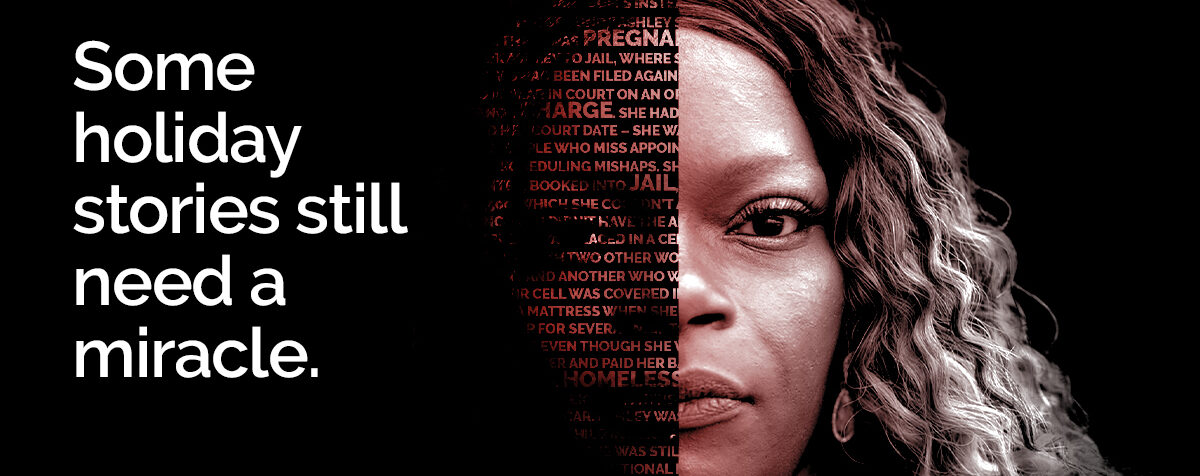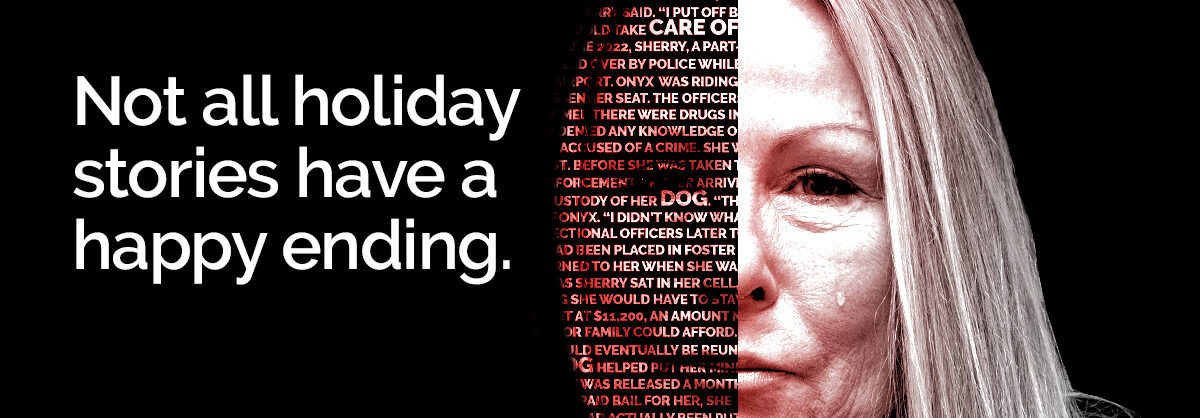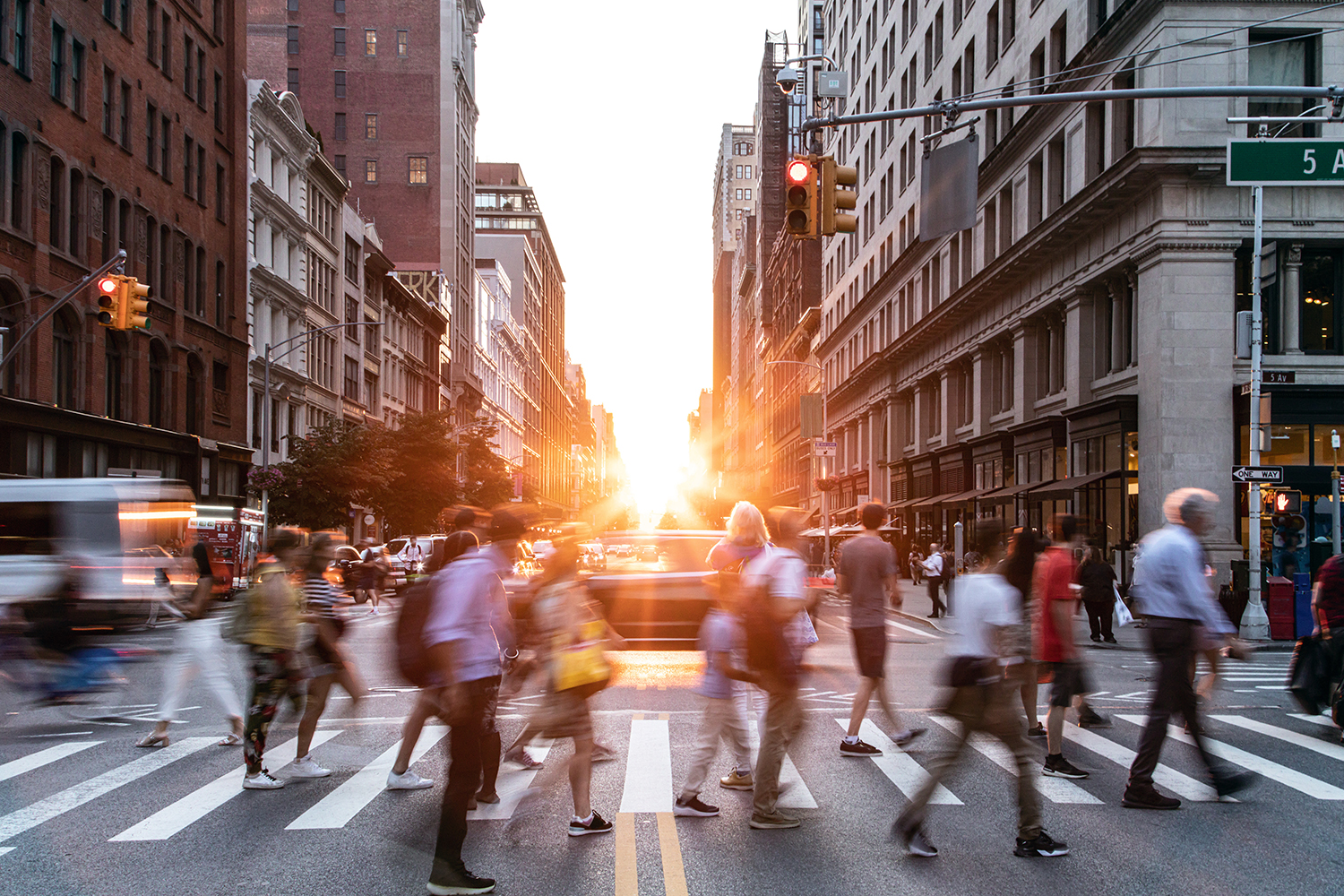Despite resounding success of the 2019 bail reforms, which decreased jail populations and reduced rearrests, New York again legislated in response to political attacks and media headlines, instead of data about what makes communities safer.
Prior to 2019, judges could set bail in all cases. Under this system, judges routinely set bail in the majority of cases — oftentimes in unaffordable amounts — causing jail populations to surge. In 2017, around 25,000 people (disproportionately Black and people of color) were held in New York jails. 70% were unconvicted and awaiting trial. The 2019 reform eliminated cash bail for most low-level offenses and required judges to set the least restrictive conditions necessary to assure court return. However, three months later, and again in 2022, legislators amended the law, making over thirty additional misdemeanor and nonviolent charges eligible for bail or pretrial detention, and contributing to the regrowth of the jail population.
Previously, judges had to determine what conditions of release would least constrain people released pretrial, while ensuring their return to court. Now, judges can assign more restrictive conditions, set higher bail amounts, require a combination of bail and other conditions, and deny more people release altogether. Driven by fear, these changes could undermine progress — but that doesn’t have to be the case.
To be clear, judges maintain complete discretion in how they apply these new standards. In fact, the amendments don’t require them to change bail setting practices at all. They merely allow for more restrictive pretrial conditions. But judges should proceed with caution. While the rollbacks didn’t overhaul the state’s bail law, unaffordable bail amounts are increasing across the country, as are regressive pretrial policies that unduly deprive legally innocent Americans of their liberty and actively harm public safety. Depending on how judges use this new discretion, New York could easily follow suit.
Eliminating the requirement that judges set the least restrictive conditions opens the door for more legally innocent New Yorkers to be subjected to another harmful form of incarceration: electronic monitoring. Electronic monitoring is a mode of location-tracking surveillance that has little impact on public safety. Allowing judges to assign electronic monitoring more often could dramatically increase rearrests for simple technical violations, like a dead battery, false alert, or leaving preset boundaries in an emergency. This would needlessly drive up jail populations and subject New Yorkers to potential job loss, housing insecurity, and the physical and mental tolls of being incarcerated in an overcrowded jail.
Allowing judges to set restrictive conditions and cash bail could drive the unnecessary detention of New Yorkers otherwise eligible for release. People can now be incarcerated for either an inability to pay bail or an inability to access conditions of release. For example, in Louisville, KY, release contingent on cash bail and electronic monitoring or placement in treatment facilities is increasingly common. However, many facilities lack capacity, and there are too few staff to arrange placement. The result? Indefinite incarceration of people who have paid or can pay bail and would be released if not for a bloated pretrial population with insufficient services. In New York, this could be detrimental in rural counties, where a lack of treatment infrastructure is likely to leave people suffering in jail, while counties struggle to fulfill additional conditions.
Fortunately, New York judges maintain the ability to make evidence-based decisions and allow people to fight their cases from home. Non-financial, non-restrictive conditions, such as court reminders, transportation, voluntary behavioral health treatment, and even supervised release have been found to be more effective than cash bail at ensuring public safety and court return. The Bail Project has proven this further through our model, Community Release with Support.
With simple court reminders and travel assistance, we’ve supported over 27,000 clients and helped them return to over 90% of their court dates with no financial incentive.
While these rollbacks pose a real threat to a fundamental American right — the presumption of innocence — the momentum of New York bail reform is not lost. The harm will come from how judges choose to use their discretion. Essentially, the decision is theirs: increase reliance on unnecessarily restrictive conditions and detention to the detriment of New Yorkers, or maintain practices that reduce recidivism and promote greater pretrial equity and fairness.
Thank you for reading. The Bail Project is a 501(c)(3) nonprofit organization that is only able to provide direct services and sustain systems change work through donations from people like you. If you found value in this article, please consider supporting our work today.
